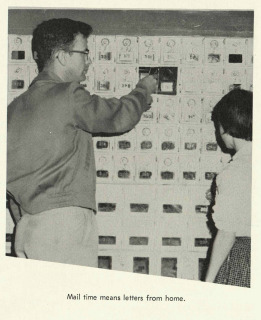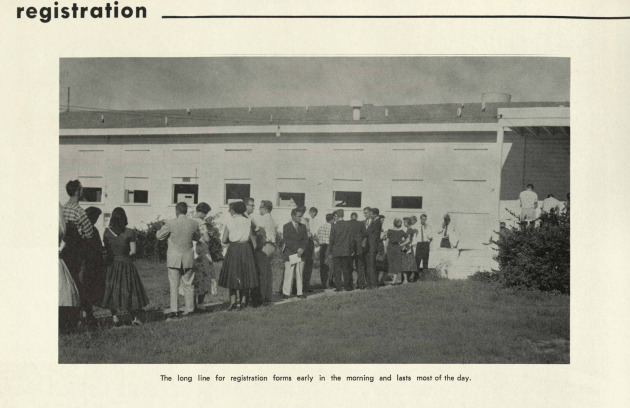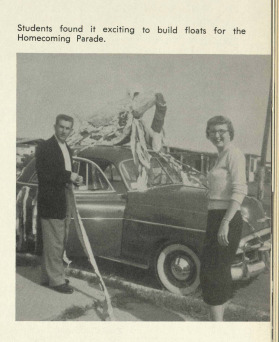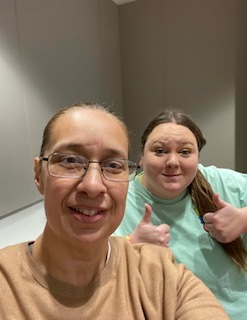The Everlasting Fellowship of Higher Education
Embark on a journey through the historical lens of higher education, and explore its multifaceted role as a hub in modern societies. This exhibit— inspired by the articles "Sieve, Incubator, Temple, Hub," and "Making connections: authenticity and alienation within students’ relationships in higher education," — delves into the empirical and theoretical advances in the sociology of higher education written by Karen Gravett, Naomi E Winstone & Mitchell L. Stevens, Elizabeth A. Armstrong, and Richard Arum.
Universities and colleges are inherently social environments, influencing the quantity, nature, and diversity of social connections for specific individuals and groups. Research indicates that the types and quantity of relationships students form during their college years are linked to their academic performance and successful attainment of degrees ( Stevens et al., 2008). As I embark on the project of showcasing fellowship in college, the scholarly perspective given by Gravett & Winston (2020) resonates with the idea that meaningful connections among students, faculty, and peers contribute significantly to the academic environment. By highlighting the importance of relationships, the article aligns with the overarching theme of my exhibit, emphasizing the role of fellowship in shaping positive and impactful experiences within the educational community.The photographs presented depict moments in higher education history, showcasing student life, campus events, and the evolution of fellowship in educational settings. The Stevens et al., (2008) article discusses the role of universities as hubs, suggesting that they serve as centers for social cohesion and fellowship. Universities bring together individuals from diverse backgrounds, fostering a sense of community and shared intellectual pursuit (Stevens et al., 2008). 1959 to present day, the photographs illustrate historical, philosophical, and theoretical facets shaping higher education. These photographs reflect societal norms, student life, and educational practices of their time.
The following documents were chosen as they reflect the importance of communication, community, and fellowship within the academic culture. They highlight the enduring themes of community, diversity, and the pursuit of knowledge, resonating with ongoing discussions about educational inclusivity and student experiences.
Takeaways for Different Audiences
Researchers:
Interpretation: Researchers analyze historical context for insights into the evolving dynamics of fellowship in higher education.
Benefits: The exhibit provides historical photographs that could potentially spark new research questions and contribute to a broader understanding of social factors influencing educational experiences.
Scholar-Practitioners:
Interpretation: Scholar-practitioners connect theoretical concepts to practical manifestations, deepening their understanding of academic theories in real-world settings.
Benefits: The exhibit serves as a bridge between academic discourse and practice, offering concrete examples to inform practices and fostering appreciation for fellowship in positive educational experiences.
Community Members:
Interpretation: Community members can connect with the exhibit on a personal level, recognizing higher education's integral role in fostering fellowship amongst students and shaping local communities.
Benefits: The exhibit fosters appreciation for the historical significance of local institutions, sparking discussions on education's role in fostering relationships that impact community development and the importance of supporting educational institutions.
Students:
Interpretation: Students relate historical experiences to their own, reflecting on enduring themes of community, diversity, and pursuit of knowledge in higher education.
Benefits: The exhibit provides insights into the evolution of student life, inspiring a sense of belonging and connection to the rich history of their institution, encouraging active contribution to its ongoing legacy.
References
Karen Gravett & Naomi E. Winstone (2022) Making connections: authenticity and alienation within students’ relationships in higher education, Higher Education Research & Development, 41:2, 360-374, DOI: 10.1080/07294360.2020.1842335
Stevens, M. L., Armstrong, E. A., & Arum, R. (2008). Sieve, Incubator, Temple, Hub: Empirical and Theoretical Advances in the Sociology of Higher Education. Annual Review of Sociology, 34, 127-151. https://www.jstor.org/stable/29737785





